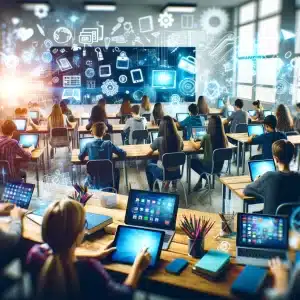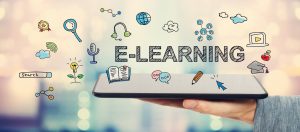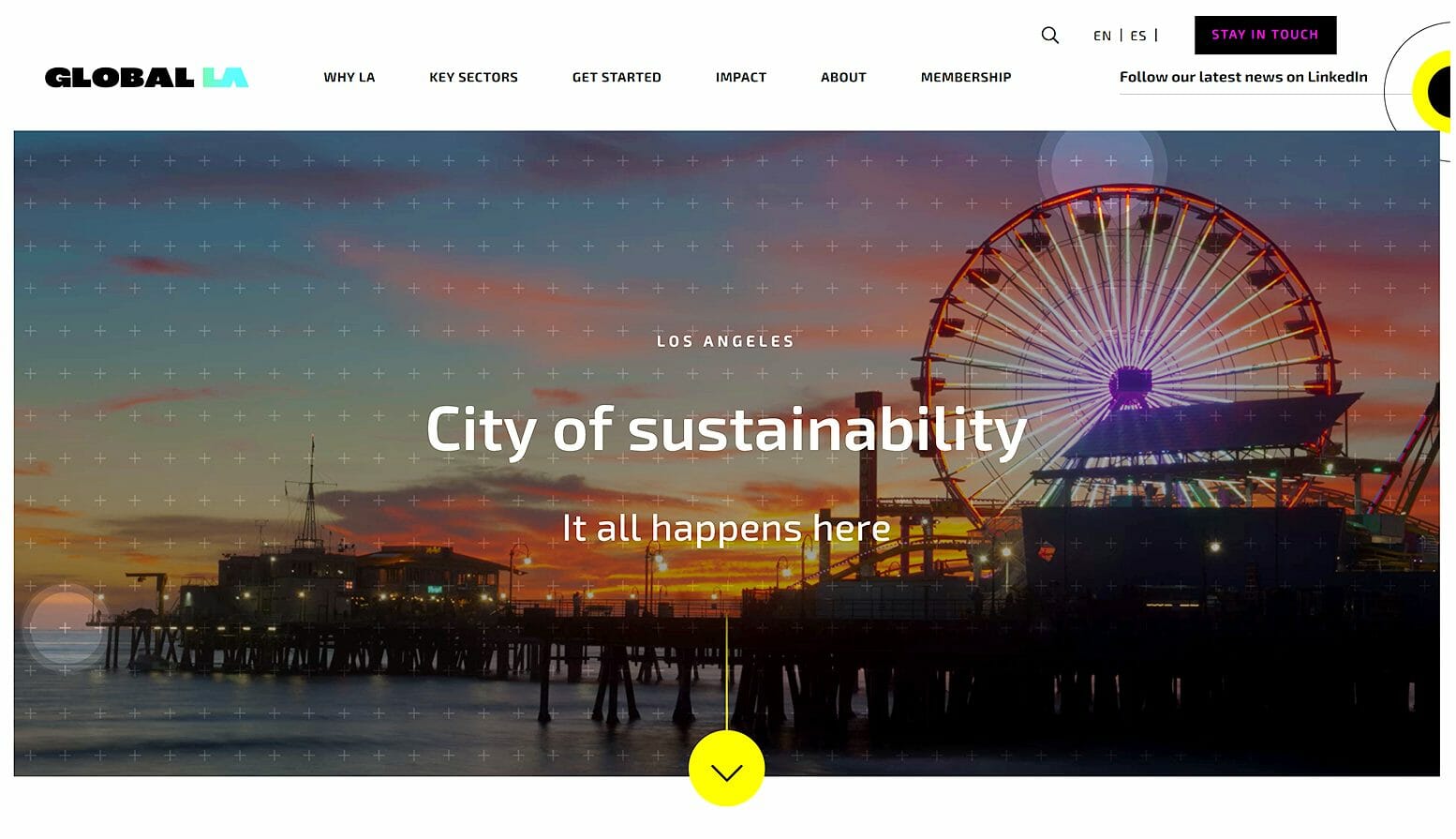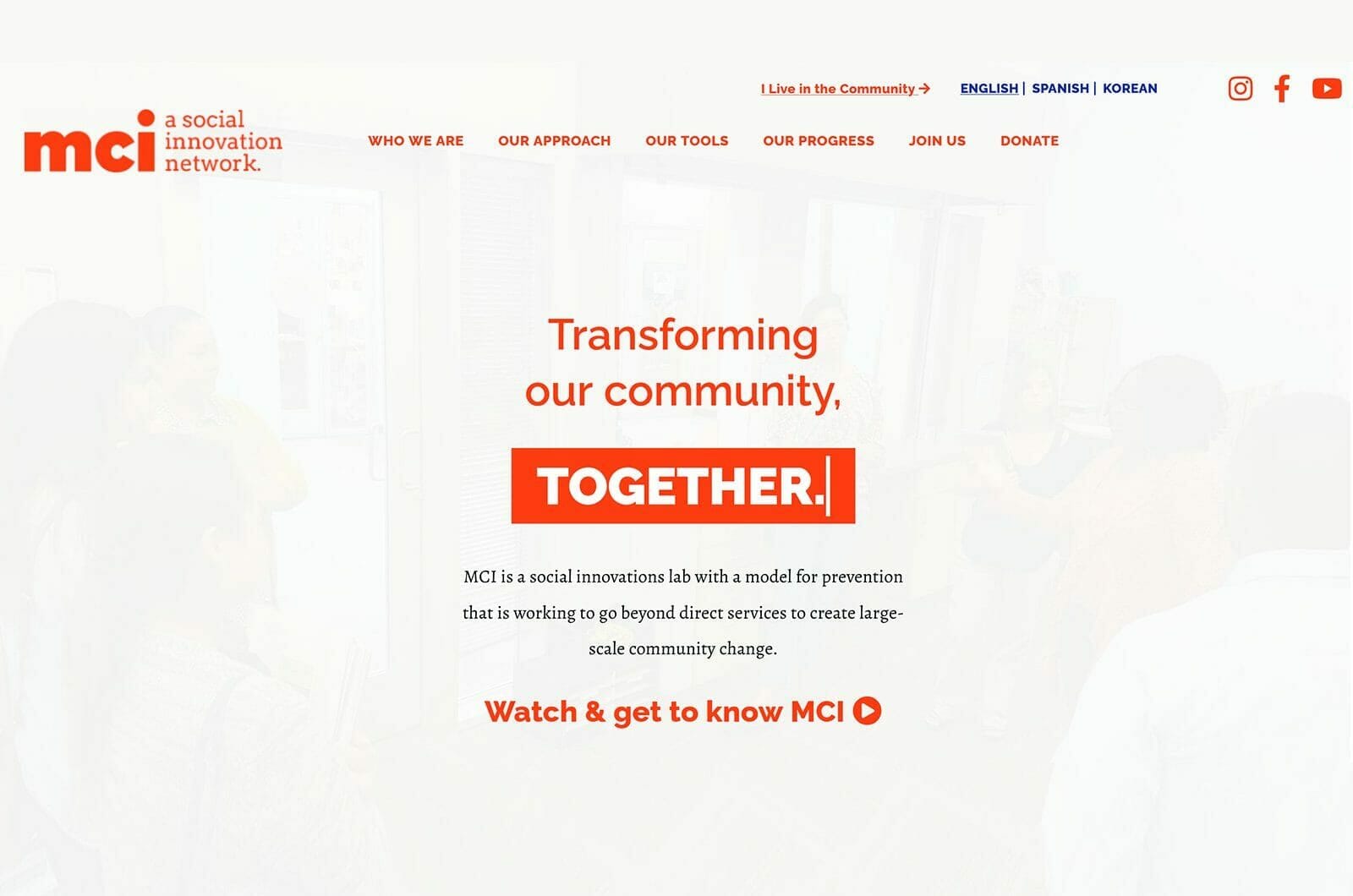23 Nov ‘20
What We Have (and Haven’t) Learned About eLearning During the Pandemic
23 Nov ‘20
In: Custom eLearning Solutions, / By: Ripe Media
Even before COVID-19 altered almost every facet of our lives, and moved the majority of our daily activities online, eLearning was on the rise.
Its use ranges from professional development to school at home and even digital marketing. In recent years more and more individuals and organizations have been embracing eLearning as a legitimate method of conveying information.
Until fairly recently, it was seen by some as a lesser form of learning. Now the figures show that this is becoming an increasingly unpopular opinion.
Recent studies show that over 6 million people enrolled in higher ed in the US were engaged in some form of distance learning or online study. This was before COVID-19 forced students and teachers everywhere to move their lessons online.
Nobody could have predicted a global pandemic would have precipitated such a massive shift toward eLearning models. But now that it has, what can we learn?
In this blog, we’re going to be looking at where the eLearning industry was headed before the pandemic and how COVID-19 changed its trajectory. We’ll also discuss some of the main lessons learned from this unprecedented shift.
Where eLearning Was Headed Before COVID-19
In many different fields, eLearning was being utilized with increasing frequency.
The corporate global eLearning market alone was growing at an astonishing rate. It is expected to be valued at almost $50 billion by the year 2026. Companies are now using eLearning to onboard, train, and upskill their employees. Most are seeing impressive results.
The ethos of inbound marketing has awoken brands to the value of utilizing eLearning methods to educate their customers. Providing consumers with valuable and engaging content has won their custom and loyalty in return.
Online study for those still in school, was experiencing a boom of its own. The k12 online public schools program has served over 1 million students since its start in 2000. Students and parents speak very highly of the flexibility it offers in both its scheduling and curriculum.
Meanwhile, 52% of graduate students in the US said they preferred online learning to in-person learning.
Coming into 2020, it is clear that eLearning was enjoying an improved reputation. It was also being used as a primary method of education by many. Despite this, the explosion of users of eLearning methods once the pandemic hit was both unprecedented and completely unexpected.
What We’ve Learned About eLearning During the Pandemic
It is estimated that over 1.3 billion young learners across the globe have been affected by COVID-19. The move to learning online was rushed, to say the least. It was also something for which the majority of those affected were ill-prepared. But what exactly has been the result, and what can we learn from it?
There Are Still Some Kinks to Work Out
As can be expected, for some, the shift to online study was not the smoothest. Teachers and students who had little or no experience with eLearning scrambled to adjust to their new normal. This naturally shone a light on some of the existing issues within the eLearning system.
Many children didn’t have access to the internet. This presented a problem that organizations have had to be creative to solve. As well as this, the absence of the social aspect from some eLearning environments was deeply felt. This emphasized the need to replicate real-life interactions in eLearning situations.
Some Groups Respond to eLearning Better Than Others
Some research suggests that eLearning is by far the superior learning method. Studies show that eLearning students can remmeber between 25% and 60% more information than when learning in a classroom environment. However, other studies show this is not the case for all students.
Some research has found that certain eLearning environments lack the structure that is necessary, especially for younger children, to be educated effectively. This shows the importance of putting time into planning and creating an eLearning curriculum.
But With the Right Conditions, Anyone Can Do It
Careful planning and development of lessons are important. So is selecting the right eLearning tools and methods for different groups.
One thing teachers can do is make lessons more engaging through the use of interactive tools and gamification. This can help easily distracted groups to stay interested during school at home.
It is important to recognize and account for the needs of different student groups. This will help ensure their educational experience is worthwhile.
It’s a Robust System With No Signs of Slowing Down
Coronavirus has acted as one of the toughest stress tests imaginable for the world of eLearning. There have been struggles and inevitable shortcomings to contend with. But one thing which the pandemic has really shown is the power of eLearning and the positive impact it can have.
Although it might not have been the first choice of many educators and students forced to move their classes online, at the end of the day, the fact that they could continue to teach and learn is productive in and of itself. COVID-19 has allowed many to see eLearning in a new and more positive light.
eLearning: Where Do We Go From Here?
The global pandemic caused by COVID-19 has thrown much of the world into turmoil. It has offered some unique opportunities, as well. It is important that we take lessons learned from this huge upheaval and use them to continue to enhance the eLearning industry.
This period has offered invaluable insights both for creators and end-users of eLearning solutions. One good thing that can come from the pandemic will be to take them and make eLearning more accessible and beneficial for everyone.
If you’d like to learn more about eLearning solutions and their amazing applications or any of the other services we offer, we’d love to hear from you today!















